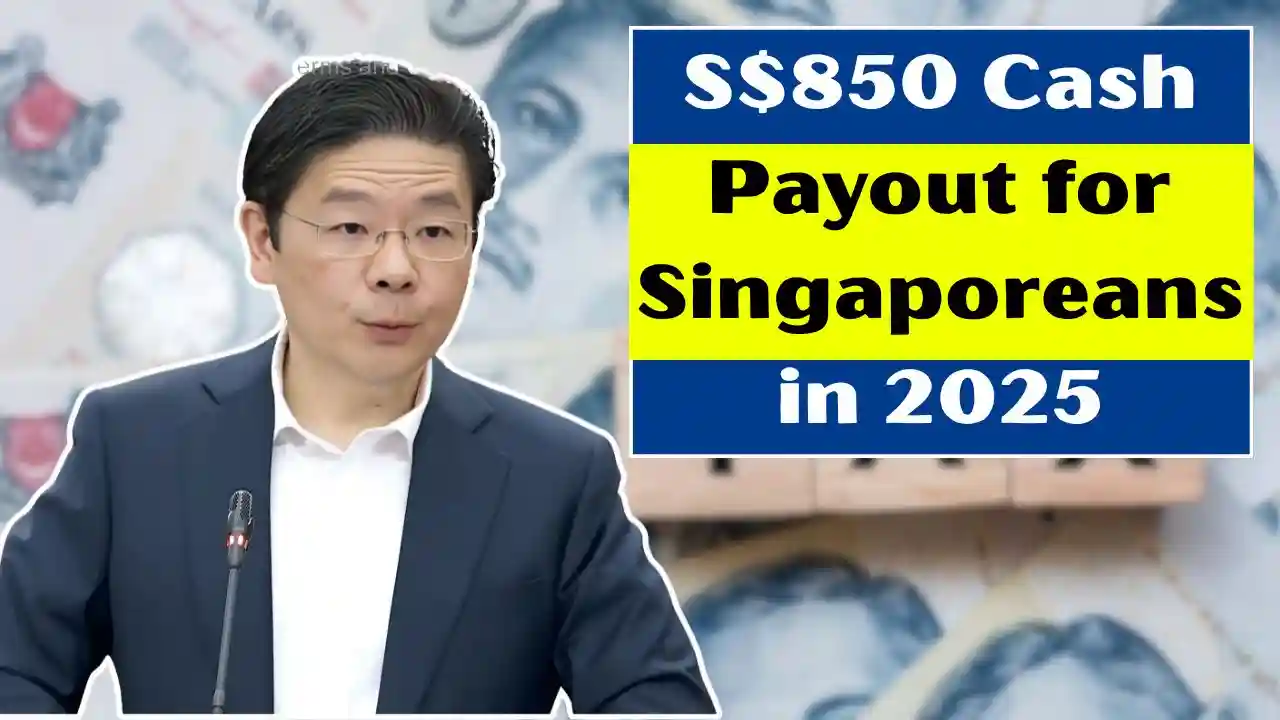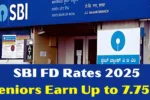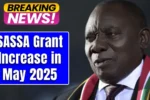In a continued effort to cushion citizens on the effects of inflation and rising living costs, the Singapore government is set to hand out cash payouts of up to S$850 in 2025 for eligible individuals. This direct cash support is part of the Assurance Package and other schemes introduced during Budget 2024. These schemes aim to help manage everyday expenses for lower- and middle-income Singaporeans while building stronger social safety nets.
Who Gets the $850 Payout?
How much a person gets depends on several factors that determine eligibility, including mostly annual income, property ownership, and age. To receive the maximum amount of S\$850, a Singaporean usually has to earn up to S\$34,000 yearly, live in a non-luxury property, and not own more than one property. Additionally, seniors and the lower-income workforce can receive further subsidies from Workfare and Silver Support schemes.
How Will Money Be Given Out, and When?
The payment mechanism is planned to be automatic, credited into bank accounts linked to eligible Singaporeans’ NRIC via PayNow. Those who have yet to make such linking may get their payments either through GovCash or another channel that would be announced. Beginning September 2025 is when the first payout will happen, with a possibility of top-ups or additional tranches being announced at a later stage depending on the economic situation and policy reviews.
Check Your Eligibility
Singaporeans are encouraged to log onto their Singpass to check the official government website for personalized eligibility information. Notifications would also be sent via SMS or email to eligible persons. Application for the payout would not be necessary as long as your tax records and residency are current.
What This Means for Families
The unfortunate combination of global economic turmoil and inflation makes household budgets tighter-the payout forms just one of several ways meant to ease the burden. In addition to other measures like U-Save and CDC Vouchers, it ensures that meaningful assistance is rendered to households across all levels of income.



